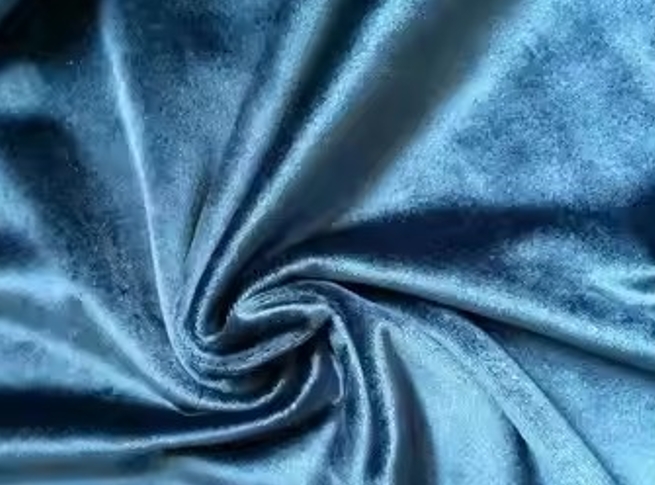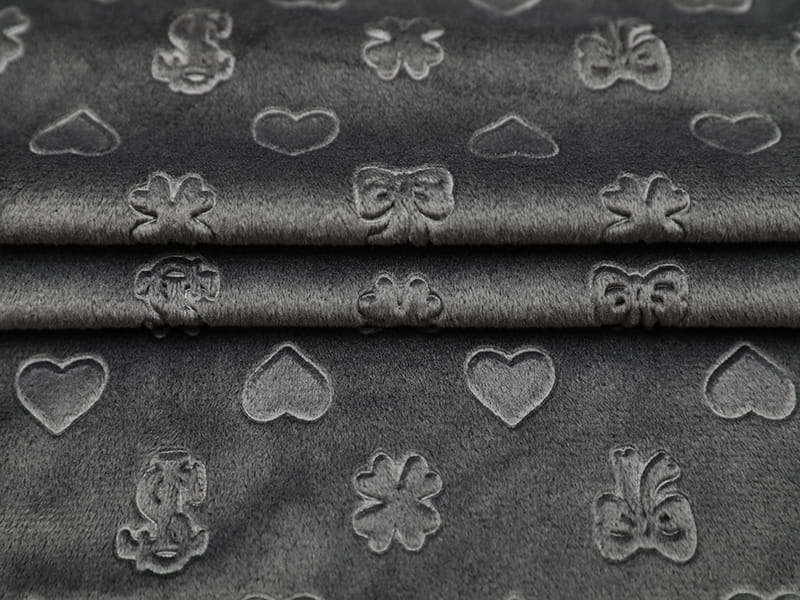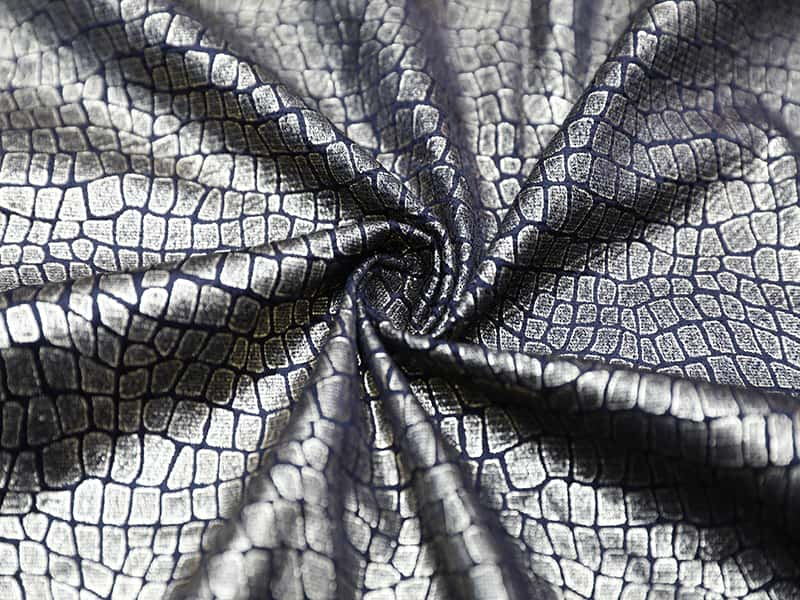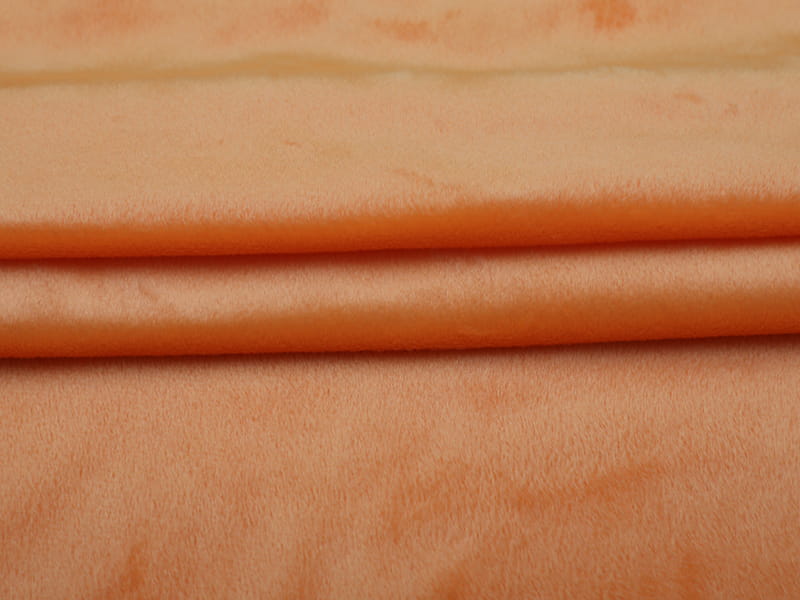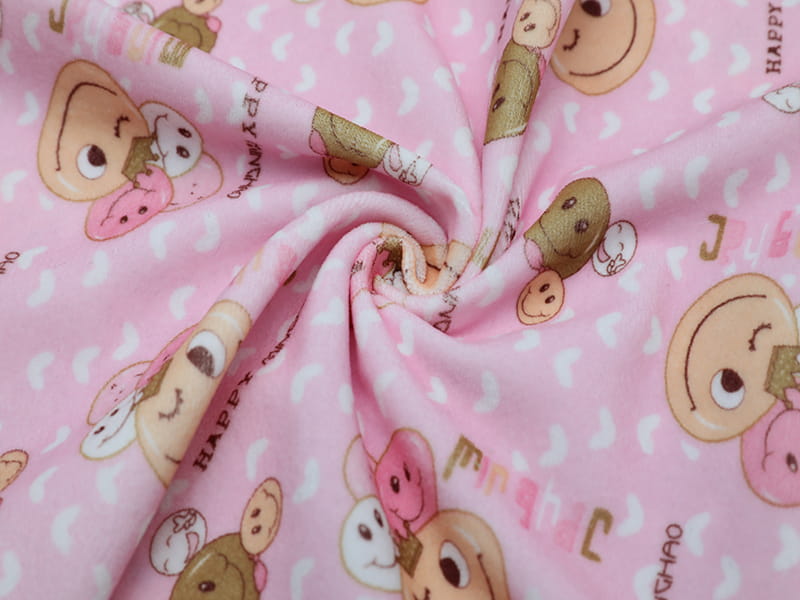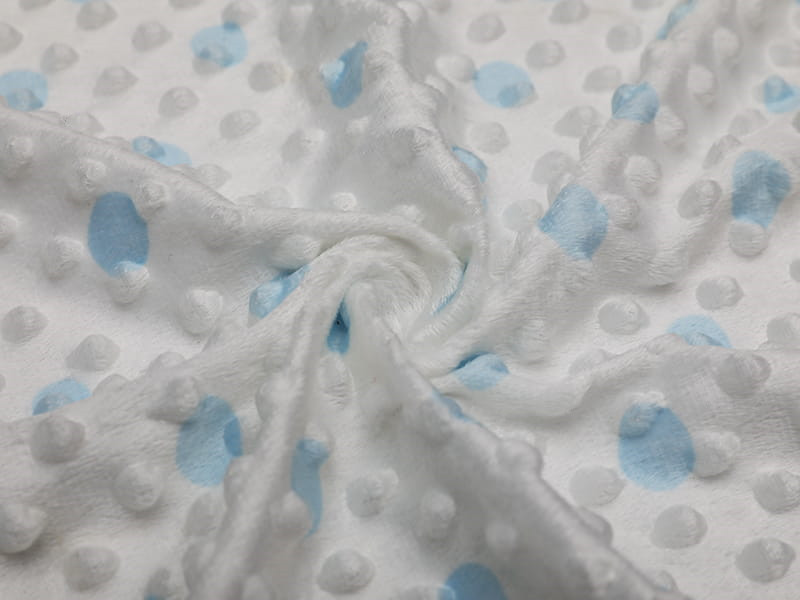The thermal properties of
imitated ultra-soft foam fabrics usually depend on the material and density of the fabric. Such fabrics are usually made using polyester or other synthetic fibers, which have some warmth properties but are not as warm as natural fibers such as wool or cotton.
Here are some considerations regarding the thermal properties of imitated ultra-soft foam fabrics:
Material: Different synthetic fibers can provide different degrees of warmth. Some synthetic fibers, such as polyester, can keep warm to a certain extent, but not as warm as wool.
Density: The density and thickness of the fabric also affect the thermal performance. Thicker fabrics are generally warmer because they are able to provide more insulation and reduce heat transfer.
Texture: Certain fabrics have a fuzzy texture, and these fabrics can provide extra warmth to some extent because they are able to form an air layer around the body, reducing heat loss.
In general, imitation ultra-soft foam fabrics are not usually designed specifically for warmth in extremely cold conditions, but provide some warmth in general indoor use or during warm seasons. If you need a higher level of thermal performance, you may want to choose a material with higher thermal performance, or use a product with added padding in your bedding, such as a fleece blanket or duvet.

